Arensburg Castle, Estonia
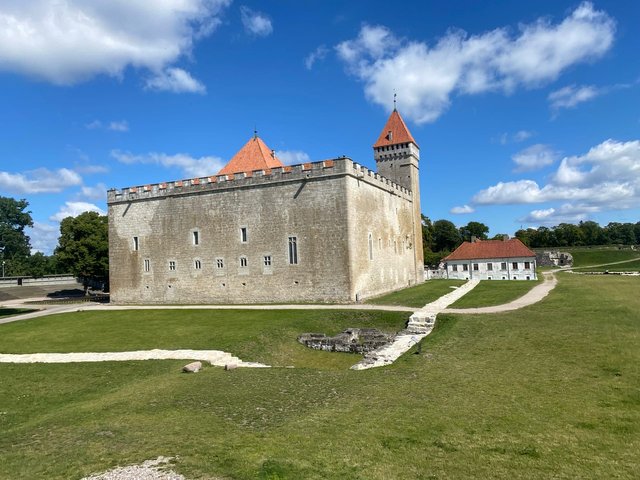
At the moment, Estonia enjoys sunny summer weather that doesn't happen here often. I spent 12 days at Saaremaa, an island in the Baltic Sea which attracts tourists from Estonia, Finland and other Nordic countries. It's a clean quiet place with some interesting historical sites.
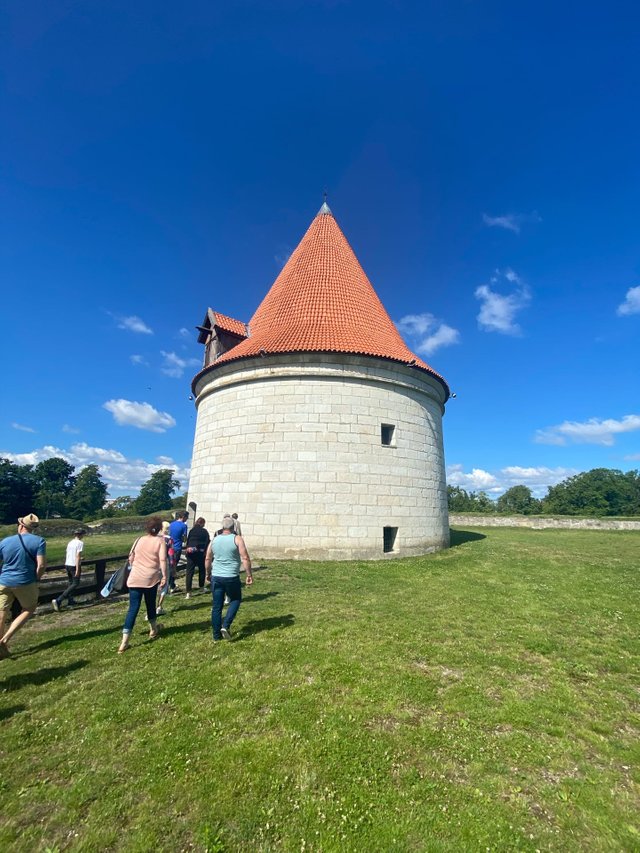
Saaremaa's central city Kuressaare is proud of its medieval castle Arensburg ("fortress of the eagle"), the residence of the Bishops of Ösel. It was built about 1380 in order to better control the island.
The Teutonic order founded in modern-day Germany struggled to overcome the resistance of the locals (Osilians) who often rebelled against the local invaders. It was not until the 13th century when the population of Saaremaa was forcefully Christianized. It is notable that some centuries before, in the Viking era, Osilians successfully fought against Swedish Vikings and raided the Swedish shores. No wonder the bishop and his people feared these guys.
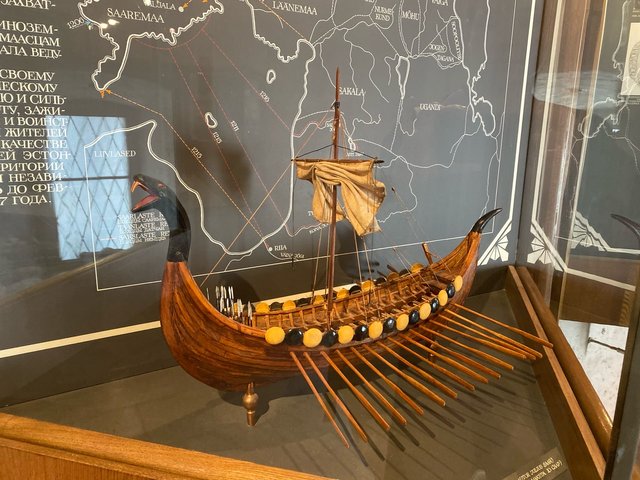
The island then got under the control of the Danes and the Swedes. "During the fiscal year of 1618/1619 the castle employed 47 different clerks and servants, 50 mercenaries; 36 soldiers and 8 armourers among them. In 1623 there were 116 cannons in the castle. In 1645, in the state of war the garrison was considerably bigger: when the Swedes took over, there was an army of 850 mercenaries and 800 peasants." says the website of Saaremaa Museum.
After the Great Northern war (early 18 century), became part of the Russian Empire together with the island but was soon forgotten for centuries.
"In the 20th century the fortress has been repeatedly restored. In 1904–12 the convent house was thoroughly repaired under the initiative of the Saaremaa Knighthood. Under the direction of architects Wilhelm Neumann and Hermann Seuberlich the two upper floors of the Defence Tower were constructed anew; the window frames in the cloister of the main floor were restored and the wall between the chapel and the festive refectory rebuilt; some of the doors were relocated and windows widened; new ovens and staircases were built; stone plates with the coats-of-arms of the local noblemen were mured into wall of the cloister. The main floor was re-designed to serve as the office and the festive rooms of the knighthood; a bank and an archive were installed in the basement, in 1913 a museum was situated on the upper floor." says Saaremaa Museum website.
The green surroundings of the castle are definitely the most beautiful place in the city. It is located all close to the seashore.
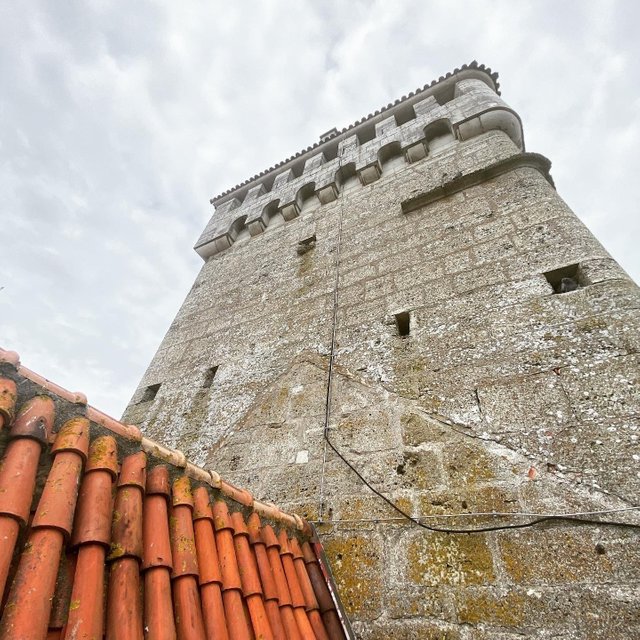
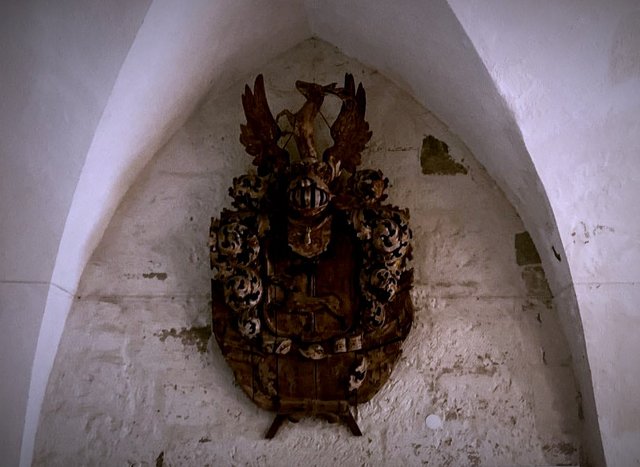
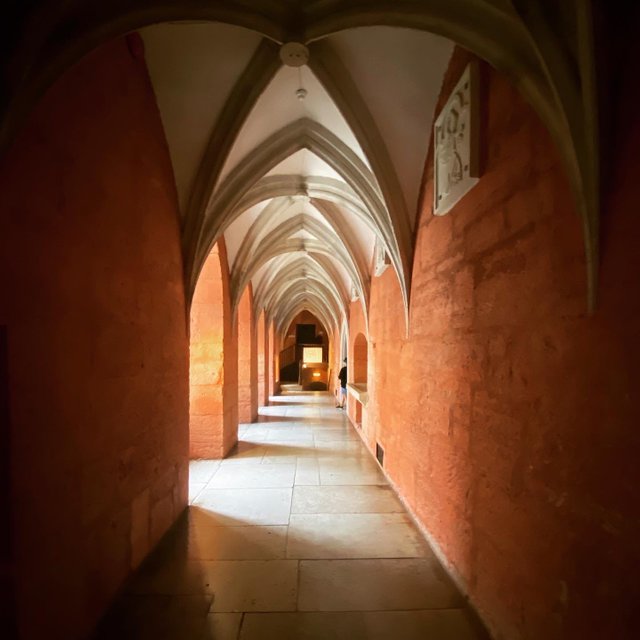
The castle boasted of its hypocaustic heating system: heat spread from a large central stove about all the building.
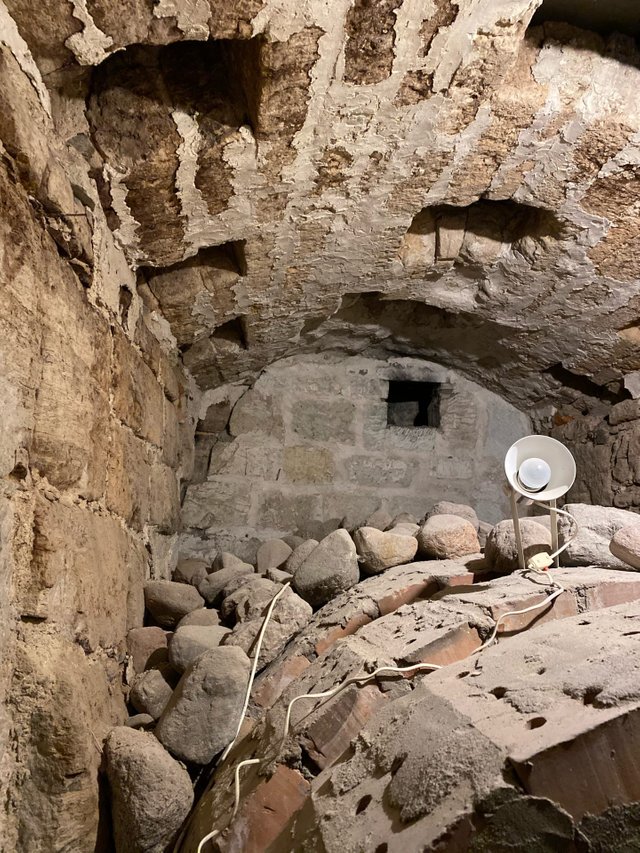
Art exhibition in the basement:
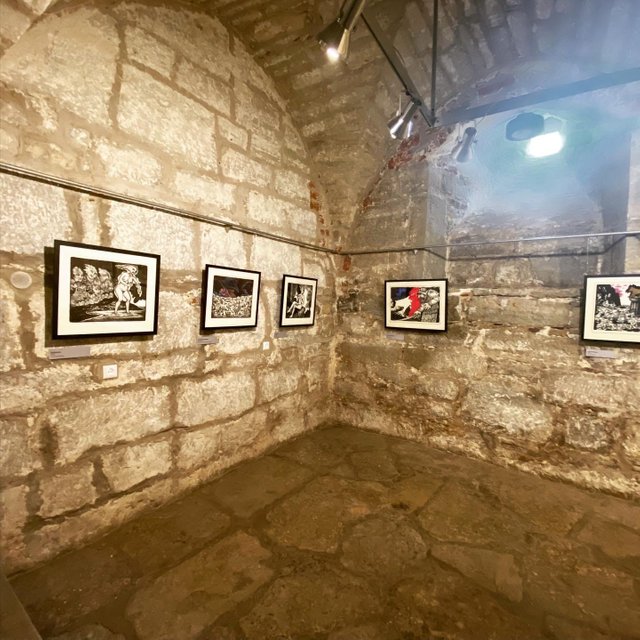
Beautiful Gothic meeting hall on the ground floor:
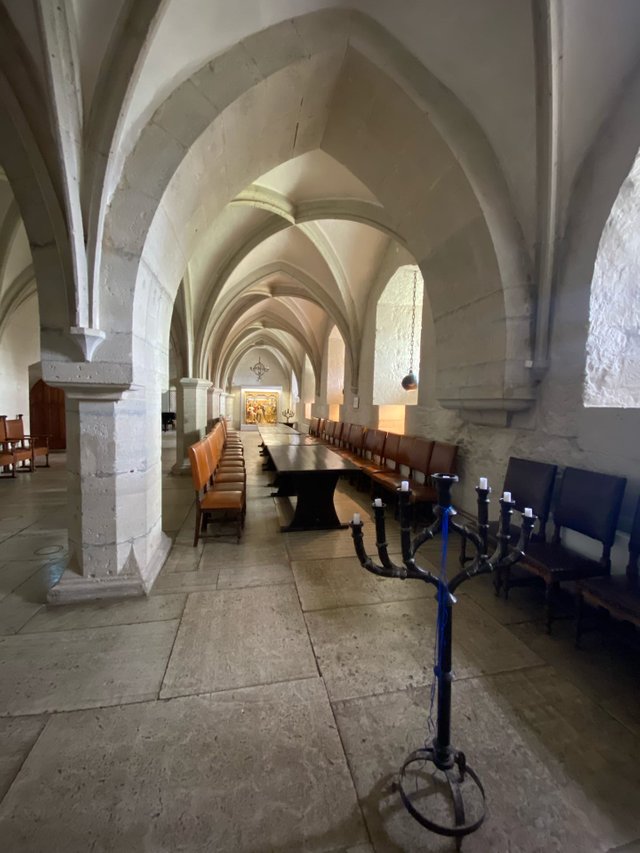
Cosy and quite modern-looking fireplace:
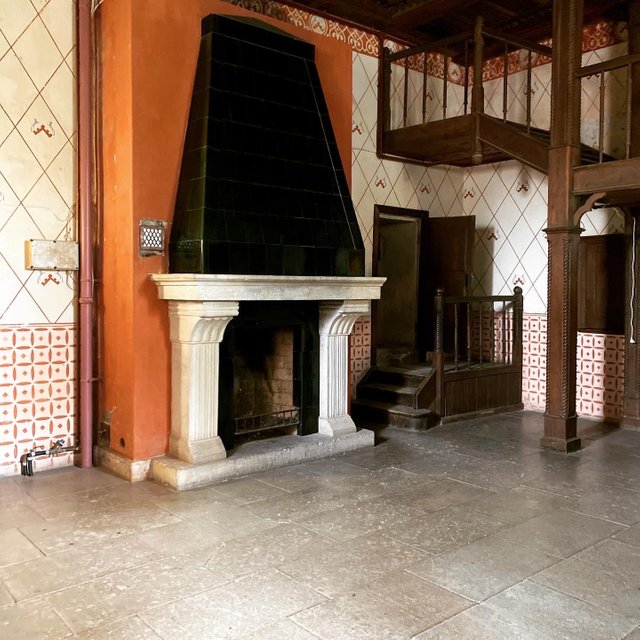
The inner yard:
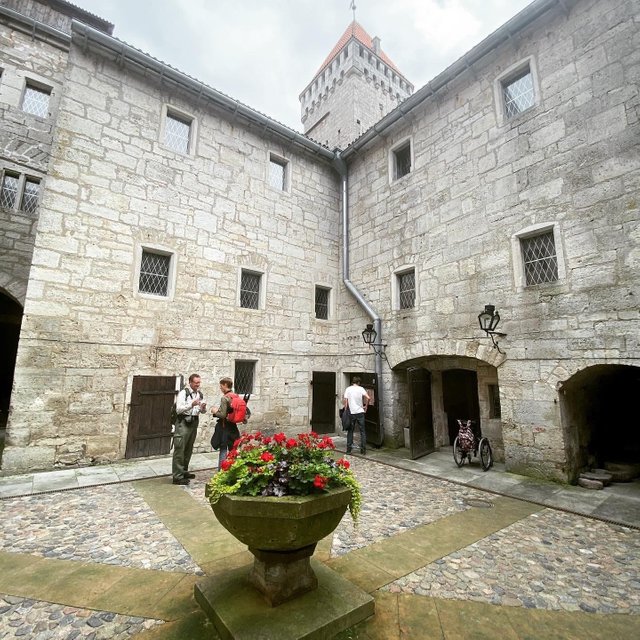
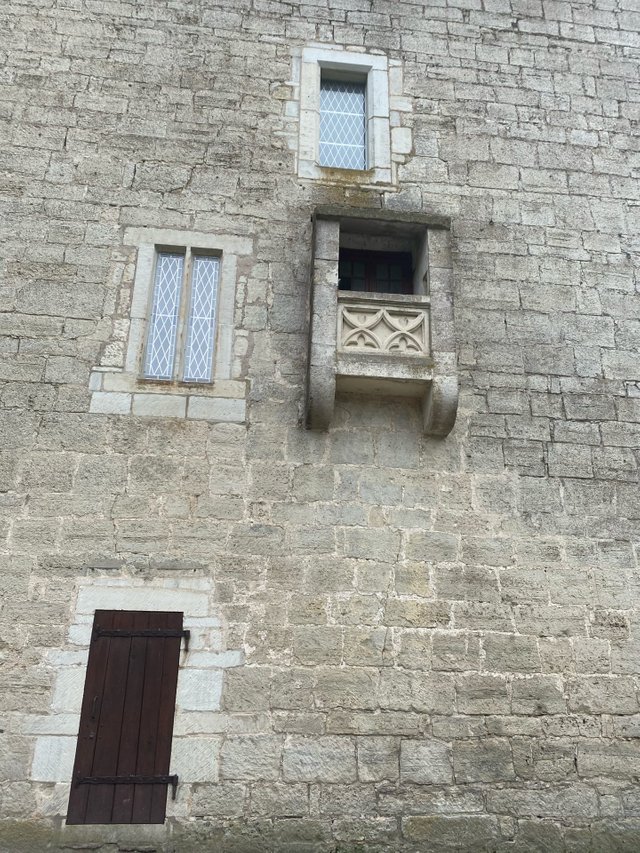
View from the main tower:
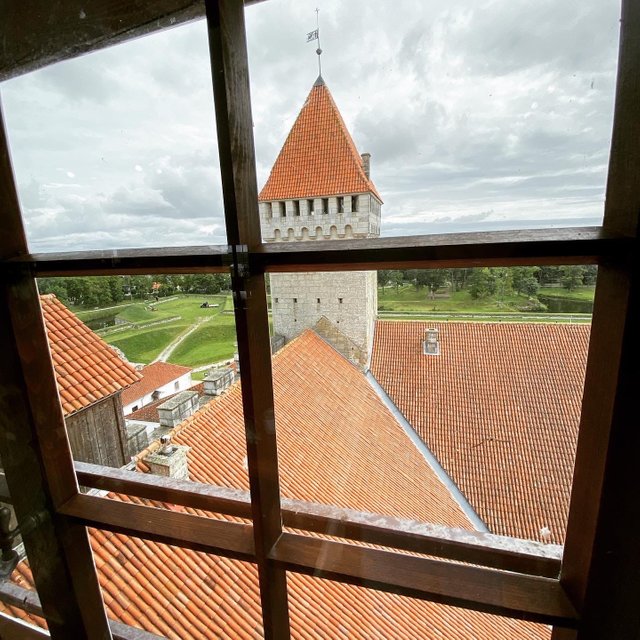
Estonian fishing boat, 2nd half of the 20 century%
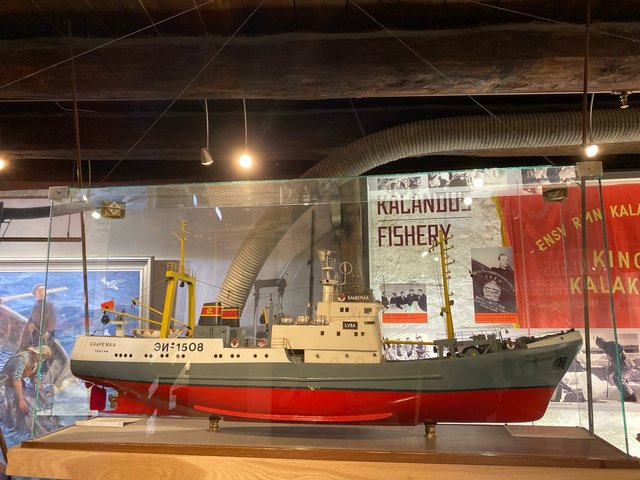
Ramparts, 16-17 centuries. You can see the sea in the distance:
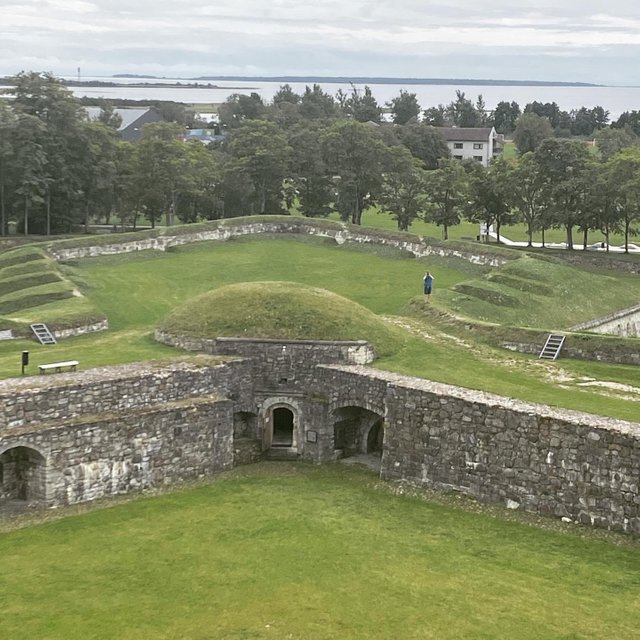
The cafe:
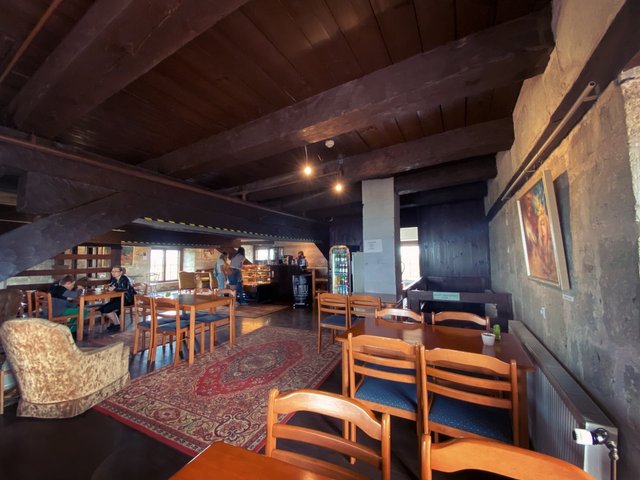
Some great pictures. Love the castles . The colours contrast well with the light